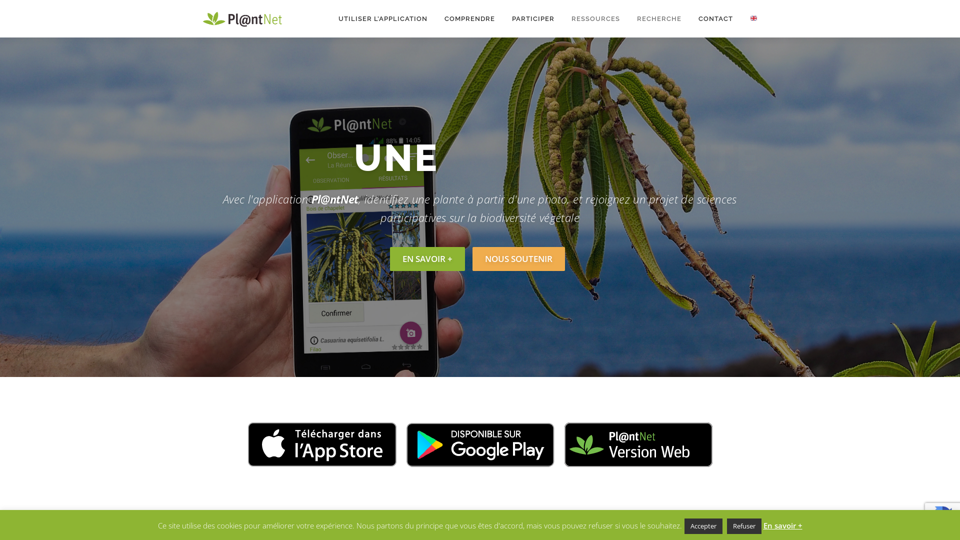What is Pl@ntNet?
Pl@ntNet is a participatory science project that helps you identify plants using your photos. It's an application that allows you to contribute to the understanding of plant biodiversity.
Features of Pl@ntNet
-
Identify plants using photos: Take a photo of a plant, and Pl@ntNet will help you identify it.
-
Contribute to biodiversity research: Your contributions will help scientists better understand plant biodiversity.
-
No ads, no data selling: Pl@ntNet is a non-profit project that values user privacy and doesn't sell your data.
How to use Pl@ntNet?
-
Download the app: Get the Pl@ntNet app on your mobile device.
-
Take a photo: Take a clear photo of a plant you want to identify.
-
Upload the photo: Upload the photo to Pl@ntNet.
-
Get identification results: Pl@ntNet will provide you with identification results.
How can I contribute to Pl@ntNet?
-
Create an account: Sign up for a Pl@ntNet account to start contributing.
-
Submit plant observations: Share your plant observations with the Pl@ntNet community.
-
Participate in microprojects: Join microprojects to focus on specific plant species or regions.
-
Translate Pl@ntNet: Help translate Pl@ntNet into your language.
Frequently Asked Questions
Can I use Pl@ntNet offline?
Yes, Pl@ntNet allows you to identify plants even without an internet connection.
How many plant species are in Pl@ntNet?
Pl@ntNet has a database of over 51,695 plant species.
Can I use Pl@ntNet for research?
Yes, Pl@ntNet is a valuable resource for researchers, and your contributions can help advance plant biodiversity research.
How can I support Pl@ntNet?
You can support Pl@ntNet by making a donation, spreading the word, or contributing to the project.
Can I use Pl@ntNet for education?
Yes, Pl@ntNet is a great tool for educational purposes, and you can use it to teach students about plant biodiversity.
How does Pl@ntNet ensure data privacy?
Pl@ntNet values user privacy and doesn't sell your data. You can delete your account and data at any time.
